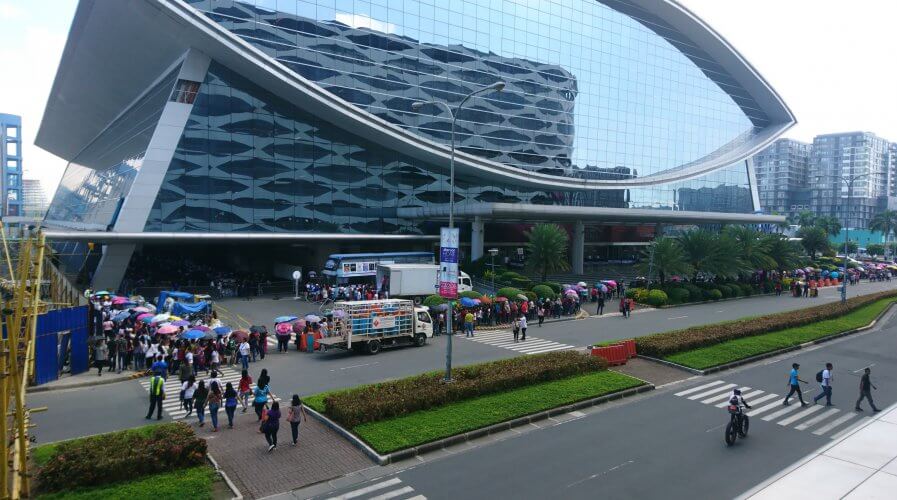
Mall of Asia Arena, Pasay City, Philippines. Source: Shutterstock
Philippines telco PLDT bolsters staff skills for 5G future
En route to 5G’s market domination, countries all around the world have been bolstering their digital strategies and telecommunication capabilities to support the deployment of the network. Asian countries, especially, have gotten their hands full in the wake of 5G.
From spectrum license auctions to industry-tailored use-case demonstrations, network regulators and operators have been hard at work to ensure that they have the right infrastructure and capabilities to provide commercial 5G network that can serve businesses efficiently in their digital journey.
Philippines telecommunications operator PLDT Inc, for one, has decided that the best strategy is to ramp up its network transformation initiatives and enhance the skills of its workforce through training programs.
The network operator has recently inked a US$1-million grant agreement with the US Trade and Development Agency (USTDA) in a bid to speed up its transformation initiatives and fortify its digital footprints.
PLDT believes training and development will help the company achieve its goals. According to PLDT Chief Executive Officer Manuel V. Pangilinan, “This investment will equip our people with the skills and knowledge needed to transform PLDT as an organization as we march towards the 5G-powered future.”
The training, which will be conducted by a US-based collaborating partner and technology conglomerate, will see the reskilling and advancement of PLDT’s technical and managerial staff.
“The future of this company depends a lot on how we transform, not only our network but also our people,” added Pangilinan.
This is because PLDT is committed to delivering extensive network capabilities and enhancing customers’ digital experience — all through a well-versed workforce.
In doing so, the Makati City-based company is looking to improve the management of network traffic congestion, minimization of outages and the launching time of its new digital services.
PLDT’s 307,000-kilometer fiber network footprint is already the biggest in the country, but the company is still keen on transforming its infrastructure to be a fully automated, software-defined network that is 5G-ready.
The fiber network will be enhanced to support a wider range of fixed and wireless digital services. As of now, the company has four landing stations that link the country to major international gateways.
With improved skills, competency and capabilities, PLDT believes it will be able to offer high-class 5G network technology, accelerate digitization efforts, and better serve their customers looking to strive in the digital market.
PLDT’s counterpart, the USTDA, also elaborated on the agreement saying that the training program will help strengthen the relationship between the two countries in the telecommunications sectors.
“USTDA is committed to supporting the development of quality information and communications infrastructure and broadband capabilities in the Philippines,” added its acting director Thomas Hardy.
It seems like the Philippines prioritizes talents and skills — aside from advanced technologies — to spearhead its transformation efforts. With 5G expected to roll out soon, the world can expect to see more initiatives being materialized by the key players in the country.
READ MORE
- The criticality of endpoint management in cybersecurity and operations
- Ethical AI: The renewed importance of safeguarding data and customer privacy in Generative AI applications
- How Japan balances AI-driven opportunities with cybersecurity needs
- Deploying SASE: Benchmarking your approach
- Insurance everywhere all at once: the digital transformation of the APAC insurance industry


